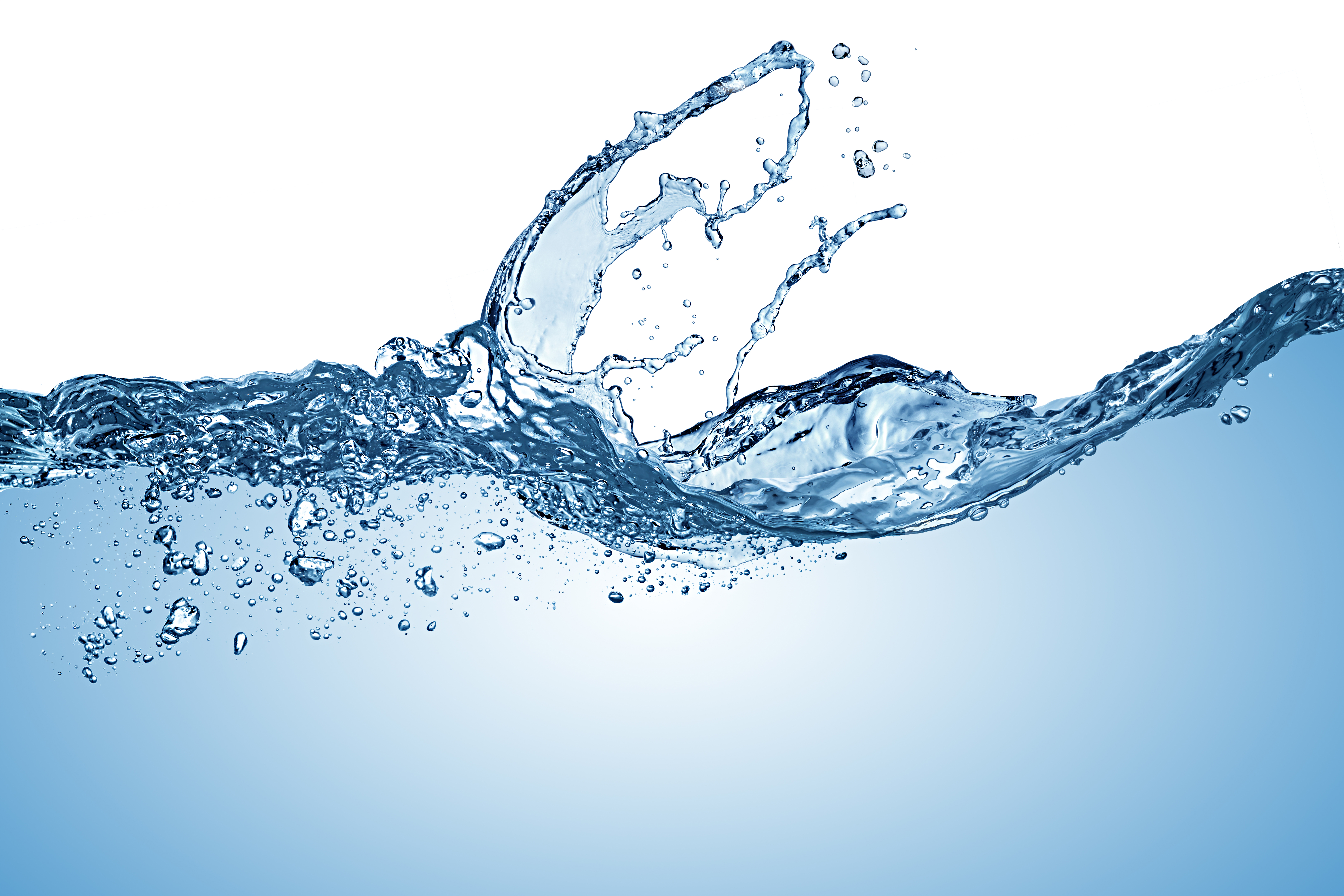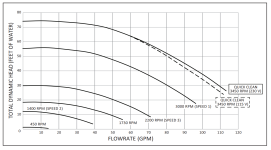Hi folks, new pool owner here. I have been having some trouble with my chlorine generator. To provide the chlorine generator enough flow for it to start working, I need to run my pump at 2500+ RPM.
Is this normal? It seems high from what I've researched online.
The equipment I have is:
Pump: Pentair Superflo VST - 2.2 THP
ECG: Intellichlor IC20
Heater: Sta-Rite SR200 HD
Filter: Hayward S-220T
For reference my loop is as follows: Pump Discharge -> Filter -> Heater -> Check Valve - Chlorine Generator -> Pool. The pump, filter, heater, valve and generator are all within a foot or so of each other so I doubt there is much head loss from this perspective.
I've emptied the skimmer basket, backwashed the filter, acid washed the chlorine generator cell and replaced the flow sensor.
I noticed that the check valve was installed right at the inlet of the chlorine generator, could it be causing turbulent flow inside the cell?
Any advice would be much appreciated, picture below for reference:

Is this normal? It seems high from what I've researched online.
The equipment I have is:
Pump: Pentair Superflo VST - 2.2 THP
ECG: Intellichlor IC20
Heater: Sta-Rite SR200 HD
Filter: Hayward S-220T
For reference my loop is as follows: Pump Discharge -> Filter -> Heater -> Check Valve - Chlorine Generator -> Pool. The pump, filter, heater, valve and generator are all within a foot or so of each other so I doubt there is much head loss from this perspective.
I've emptied the skimmer basket, backwashed the filter, acid washed the chlorine generator cell and replaced the flow sensor.
I noticed that the check valve was installed right at the inlet of the chlorine generator, could it be causing turbulent flow inside the cell?
Any advice would be much appreciated, picture below for reference:











